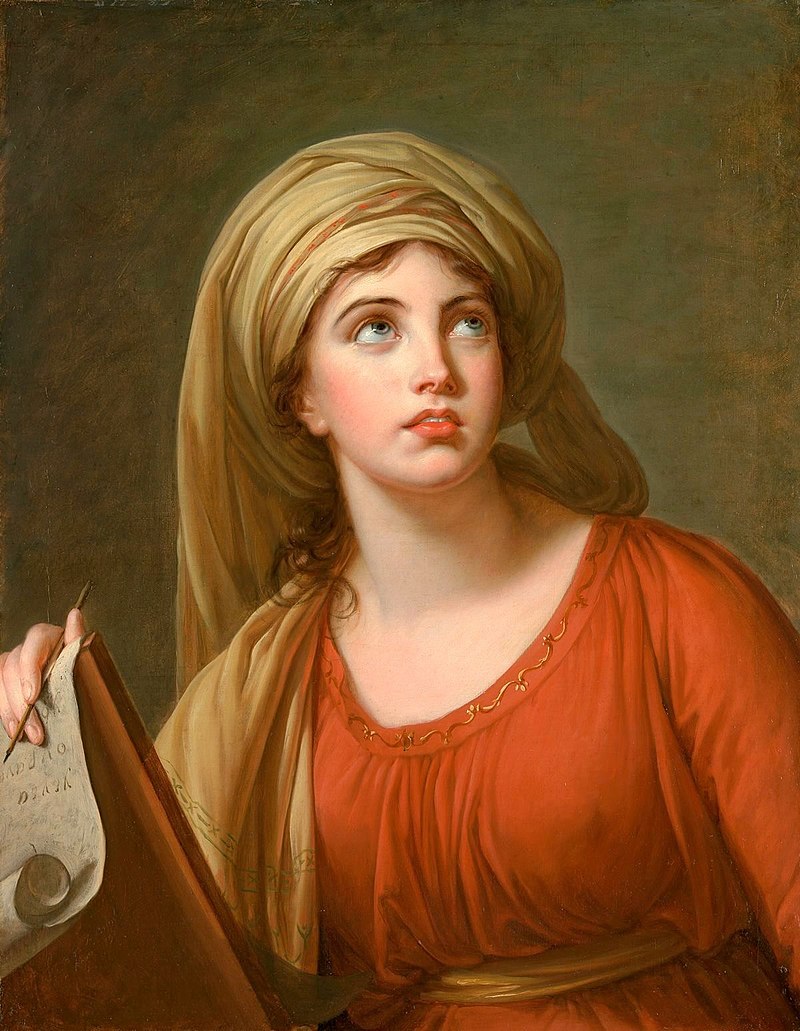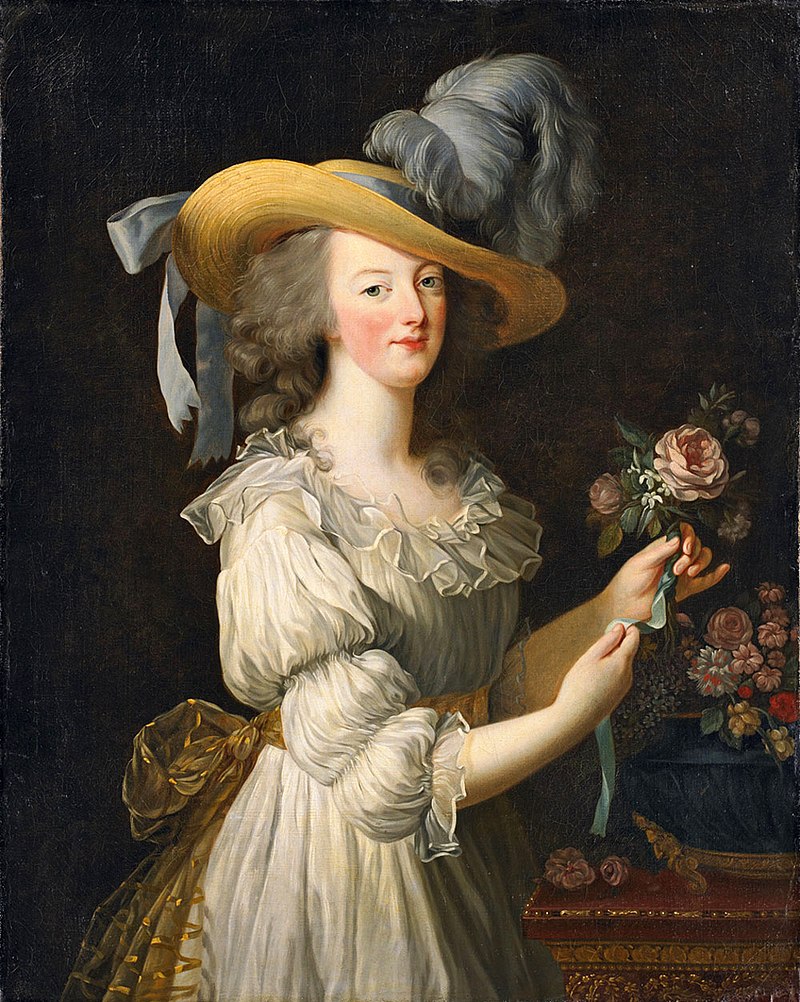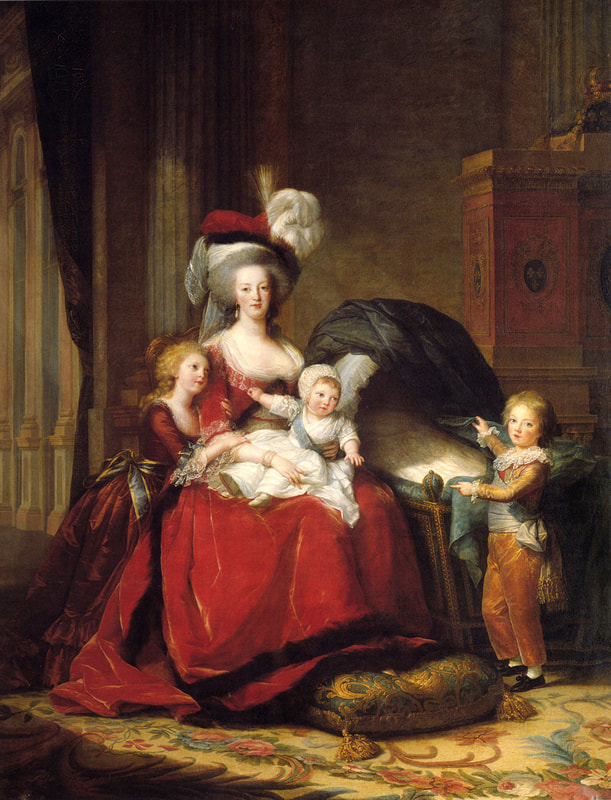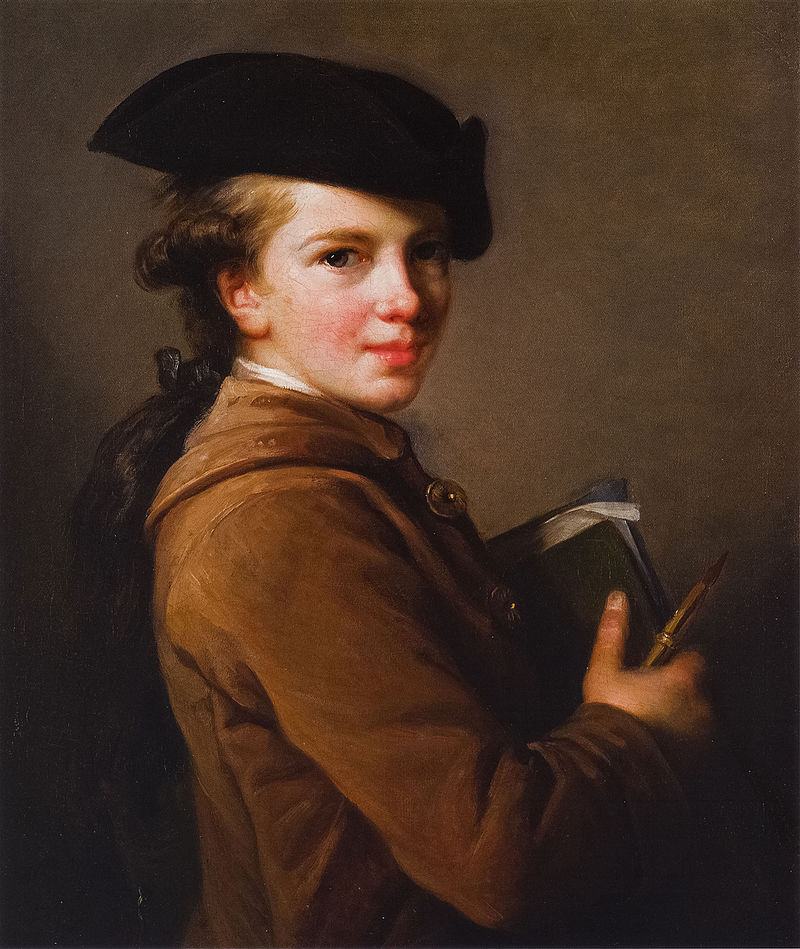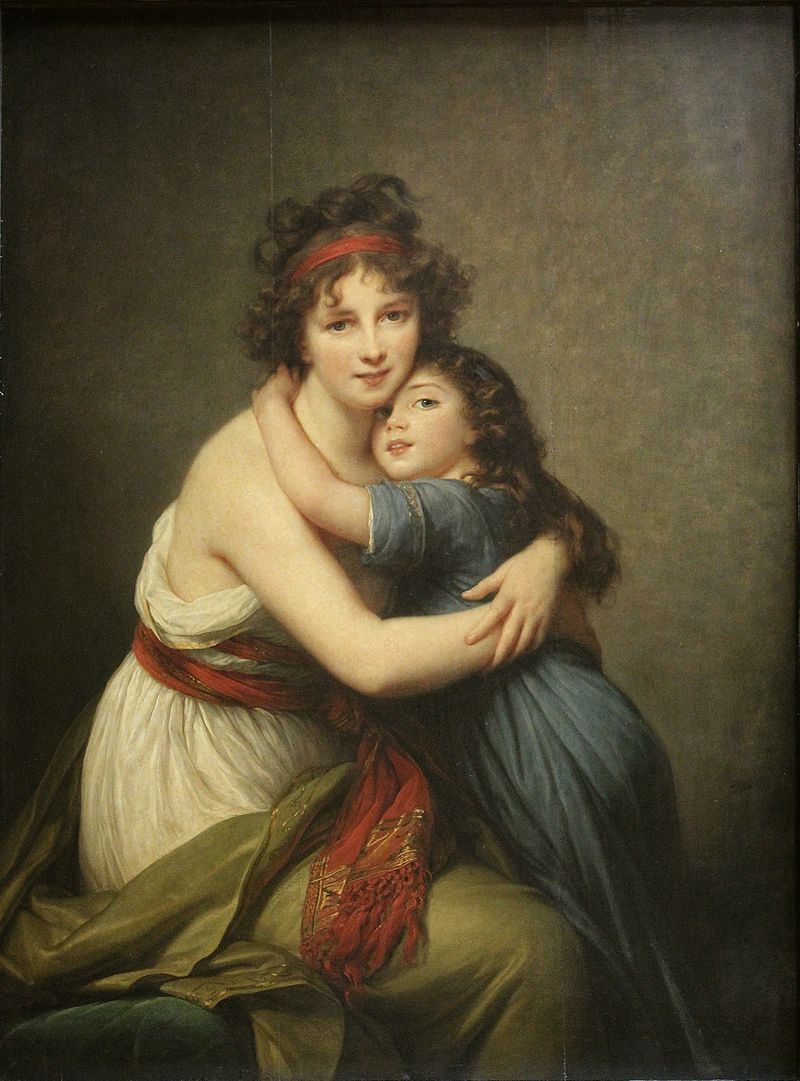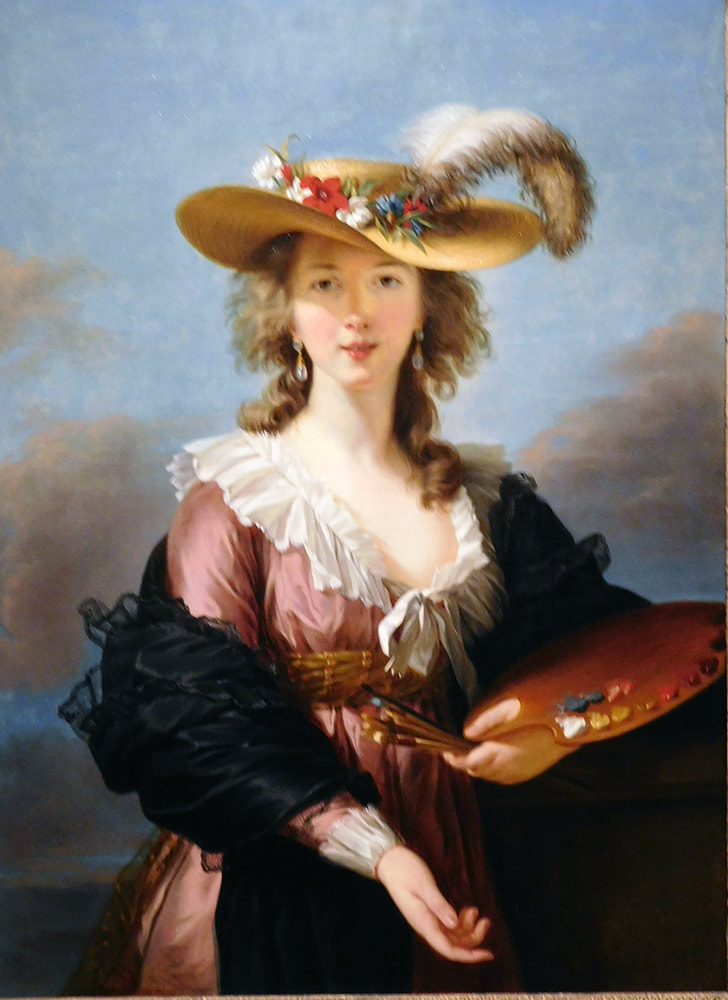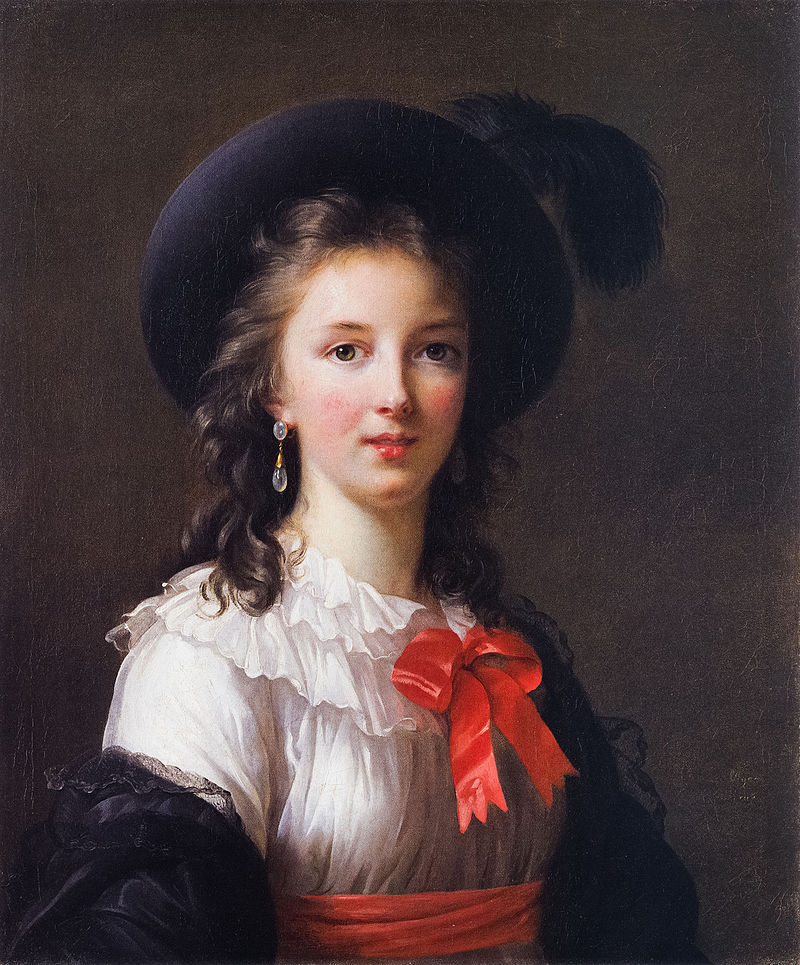An Appreciation:
|
Above: Emma Lady Hamilton was the model for several of Vigee Le Brun's paintings including "Sibyl," said to have been the artist's favorite painting.
Vigee Le Brun painted numerous portraits of Queen Marie Antoinette. The painting above was considered scandalous as it showed the Queen in an informal dress. In the painting below, Vigee Le Brun considers the Queens maternal side.
Above: Vigee Le Brun's brother Etienne, a future poet.
Vigee Le Brun often turned to self-portraiture to consider various aspects of her personality. In the above picture, she is with her daughter Julies while in the picture below, she presents herself working in a straw hat often said to be inspired by a painting by Peter Paul Rubens.
Above: Self-portrait.
|
Artist appreciation - Elisabeth Vigee Le Brun
